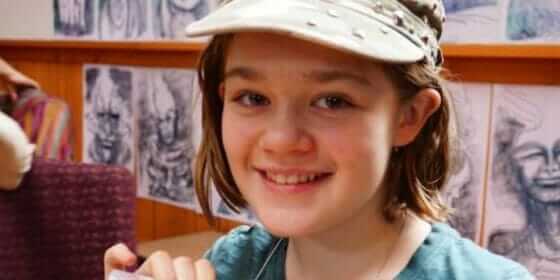Spring Notes
Spring Notes
by Robert Mellinger
I wake up everyday to the routine surprise that everything is still here, somehow thrumming along and creating itself anew all the time. How, I wonder and wonder? Spring at Chinook (and most places) is a time when the world shows us how most conspicuously.
During the past few of weeks the red-breasted sapsuckers (Sphyrapicus ruber) have returned with the typical panache of a Chinook sapsucker. Landing on apple and ash trees right at face-level, they cock their dashing red heads in your direction, cast a wily eye, and give the trunk a few taps. Those who make their home at Chinook are scarcely noticed in the winter months. Perhaps they are deeper in the forest. Perhaps they prefer overwintering sites away from Chinook. Wherever they go, their return to center stage is a marker in this place of the Earth’s turning and the great dam of life unleashed by longer, warmer, sunnier days.
Rufous hummingbirds (Selasforus rufus), butterflies, and countless other insects congregate at the sweet wells that Sapscuker has chiseled into the living cambium of trees. A cascade of relations of stunning complexity can be witnessed with a pause of just moments before these little fonts of life.
Dark-eyed juncos (Junco hyemalis) flit furtively out of low places like vegetated banks and near the base of trees. Along the road one day, one flew out of the bank and stopped to watch me closely. After a few moments, it began to hop about on nearby branches make the quiet alarm that sounds like two small beach stones lightly tapped together—a sure sign of a nest! Right where it flew out of the bank, I did indeed find a nest full of tiny, pink, baby birds. The nest was a harvest of twigs, shed winter blacktail deer (Odocoileus hemionus) fur, moss, and grasses.
The robin-like song of black-headed grosbeaks (Pheuticus melanocephalus), the cat-call whistle of Pacific slope flycatchers (Empidonax difficilis), the whacky, ascending twirl of Swainson’s thrushes (Catharus ustulatus), and the various drummings of woodpeckers make a distinctly spring symphony complete with baseline.
Western thatching ants (Formica obscuripes), move out across the landscape of blooming flowers, seeding grasses, and awakening insects, drinking nectar, cutting thatch, and eating bugs. They sometimes chew small holes in base of bell-shaped flowers.
On two consecutive Saturday evenings, Thomas has encountered a newborn fawn and a baby owl, both sitting in the middle of a trail (pictured at right). Bella the deer, who is really a male, has the buds of his first antlers.
Spring.





